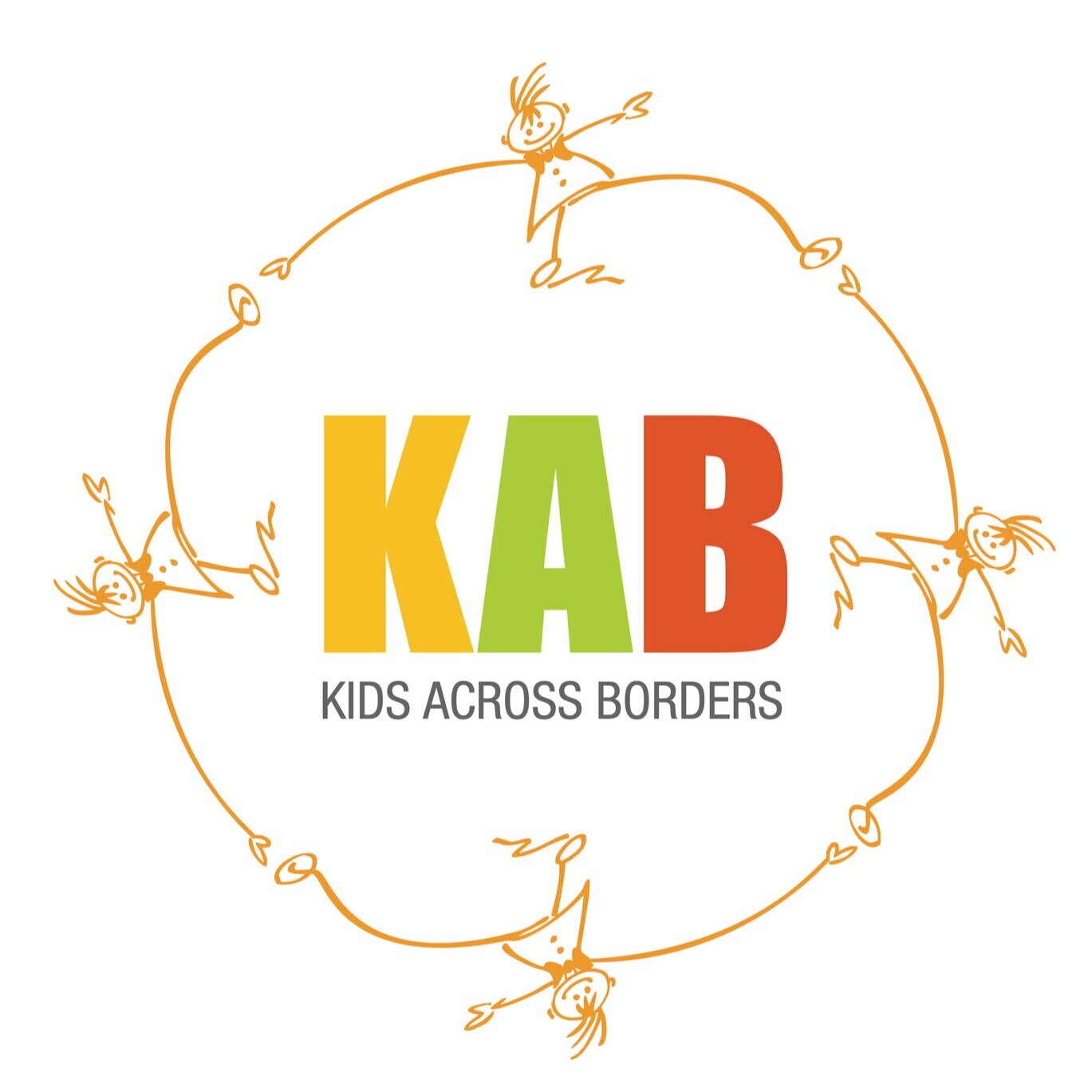Understanding Human Rights
“Our hopes for a more just, safe, and peaceful world can only be achieved when there is universal respect for the inherent dignity and equal rights of all members of the human family.”
Phumzile Mlambo-Ngcuka, UN Women Executive Director
Human rights are defined as those rights which we need to live healthy, happy and fulfilling lives. All human beings share these rights regardless of who they are, what they look like, their opinions or lifestyles. Rights also entail responsibilities, and respecting and fulfilling them ensures we can all live in peace together.
The basis of human rights - the respect for human life and human dignity - can be found in most religions and philosophies. The development of human rights has its roots in the struggle for freedom and equality everywhere in the world. The Universal Declaration of Human Rights (UDHR) was agreed upon by the United Nations in 1948 as part of maintaining world peace in the aftermath of World War II. Its core message is the inherent value of every human being.
The Declaration includes three categories of rights:
1 Civil and political rights (also called 'first generation' rights). These are based in liberty and include the right to express opinions and associate freely, to practice your religion and participate in politics. Also central are the rights to life, liberty and security of the individual.
2 Economic and social rights (also ‘second generation rights’). These give the individual the right to a basic level of security through work, education, food, shelter and health care.
3 Environmental, cultural and developmental rights (also called third generation rights). These include the rights to live in an environment that is clean and protected from destruction, and rights to cultural, political and economic development.
While the Universal Declaration of Human Rights carries moral weight it is not legally binding. It does, however, provide the inspiration for a large number of laws and legal documents. A convention on the other hand, has the force of law. Those countries which ratify the convention have a legal obligation to respect its terms.
The Convention on the Rights of the Child
After the Declaration of Human Rights, the UN recognized that children have their own special needs. In 1957 the Declaration of the Rights of the Child was passed, and followed by the International Convention on the Rights of the Child in 1989. The Convention states children have rights, which must be taken into account whenever any decisions are being made about them, or any actions are taken which affect them. These are presented as a number of statements, or articles; 54 in total. The convention has been ratified by all countries of the world except the United States and Somalia.
The Convention on the Rights of the Child is the most important universal human rights document for children. Knowledge of the rights and responsibilities inherent in the Convention provides the basic foundation on which they can develop positive skills and attitudes. It was written for them and it is important that children come to know that this Convention exists and that they begin to recognise and understand the rights of all children in all places.
What is Human Rights Education?
Human rights education is a learning process which:
· ensures children understand their own rights and responsibilities;
· fosters respect and appreciation for the uniqueness of each individual;
· promotes skills among children that lets children act to defend and promote human rights.
For learning to have practical benefit, students need to learn about not only human rights but also in an environment that upholds those rights. It is the experience of having their human rights respected that best enables children to realise that human rights and responsibilities are not concepts, but a way of life.
It is important that children:
· are not just taught about respect but experience respect in the classroom;
· are not just taught about responsibility but experience responsibility in their everyday lives in school;
· are not just told about the need to be tolerant but witness the appreciation of diversity.
It is important that the classroom environment:
· values the contribution of each child;
· respects the right of freedom of expression;
· encourages active participation.
Such an environment is created by teachers and children working together to ensure the experience in the classroom reflects those values and attitudes that support human rights.
Lesson Plans
Wants and Needs
This lesson helps students distinguish between needs and wants and understand rights as those entitlements necessary for a full human existence. Students practice the skills of negotiation, decision-making and co-operation and develop attitudes of openness and tolerance to the opinions of others.
Children’s Rights
Students learn that human rights are valuable and are introduced to the Convention of the Rights of the Child. They appreciate that different people and countries have come together to agree on a code of rights for all children.
Rights and Responsibilities
This lesson helps students appreciate that with each right comes personal and group responsibility. It allows students to engage in responsible decision making, critical thinking and discussion.
An Imaginary Country
This lesson introduces students to the idea of rights based on needs and familiarizes them with the Universal Declaration of Human Rights. It encourages them to value rights based on our own histories and needs.


